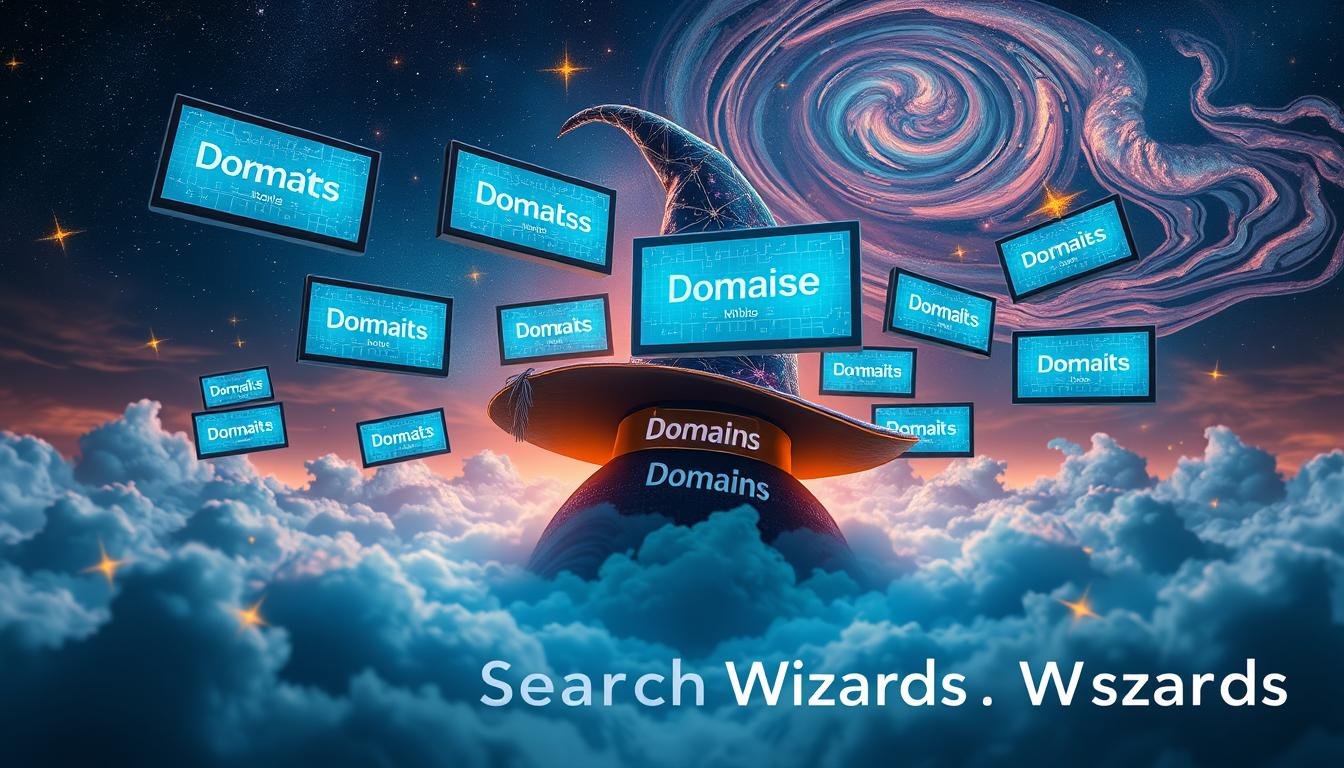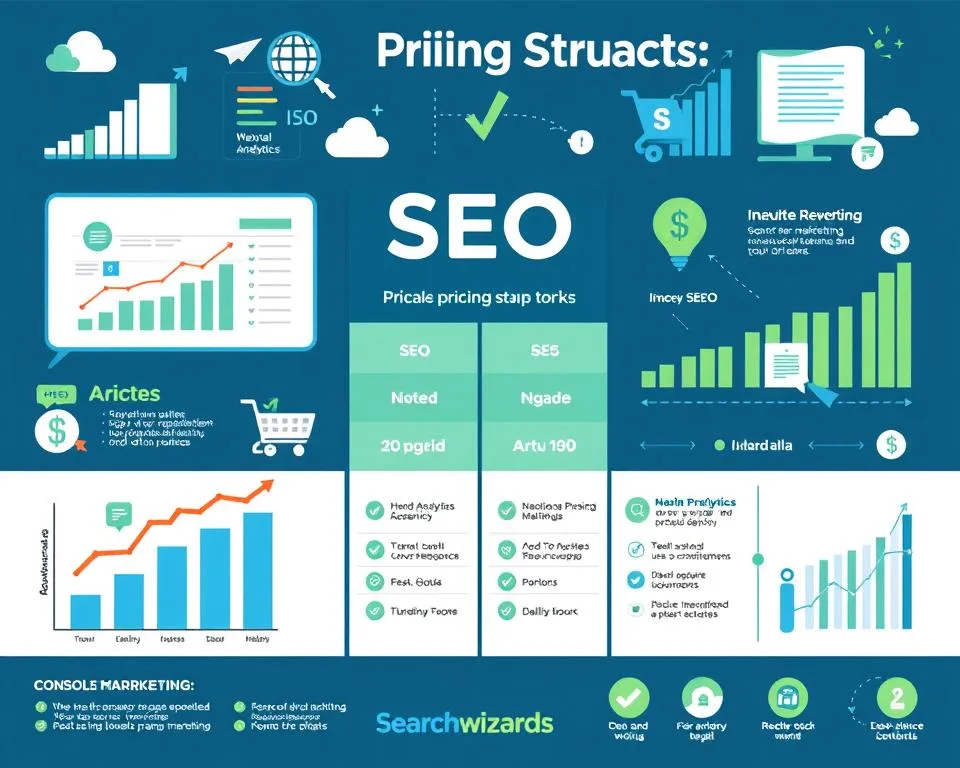Ever thought about who runs the show with domain names online? As a web development company in Australia, we’re here to guide you through domain name ownership. We’ll focus on the .au ccTLD1.
We’ll look into the Internet Corporation for Assigned Names and Numbers (ICANN). They’re the big boss of the domain name system. We’ll also cover the differences between top-level domains (TLDs), country code TLDs (ccTLDs), and generic TLDs (gTLDs). These differences affect how you register and own domain names, both worldwide and in Australia1.
Domain names can seem complex, but don’t worry, we’re here to simplify it for you. We’ll cover everything from registering domain names to dealing with issues like domain squatting and trademark protection. This guide aims to give you the info you need to make smart choices for your online presence2.
Key Takeaways
- ICANN is the global governing body responsible for the domain name system
- Top-level domains (TLDs), country code TLDs (ccTLDs), and generic TLDs (gTLDs) each have unique registration requirements
- The .au ccTLD is managed by the .au Domain Administration (auDA) and has specific eligibility criteria for registrants
- Domain name disputes and trademark protection are governed by the Uniform Domain-Name Dispute-Resolution Policy (UDRP)
- Domain squatting and cybersquatting are issues that can impact domain name ownership and usage
Introduction to Domain Name Ownership
The domain name system (DNS) is key to the internet, turning website addresses into IP addresses that computers use for communication3. Having a domain name is vital for businesses and individuals to have a strong online identity.
Overview of Domain Name System
The domain name system is run by the Internet Corporation for Assigned Names and Numbers (ICANN)4. ICANN is a global group that manages domain names and IP addresses4. It has a Board of Directors, three supporting groups, and four advisory committees4.
Significance of Domain Names
Domain names are vital for having an online presence and identity3. There are over 359.8 million registered domain names, says Verisign3. Popular top-level domains include .com, .org, and .net3. Country code top-level domains like .uk, .de, and .in represent specific countries3.
Sponsored top-level domains like .edu and .gov are for certain groups3. New generic top-level domains offer more branding options, such as .style and .delivery3. Second-level domains come before the top-level domain, adding more structure3.
At Search Wizards, we know how important domain names are for your online success. We’re an Australian company that offers website development, eCommerce solutions, and SEO optimization. We can guide you in choosing the right domain name for your digital identity.
Contact us at +61 734 197 909 or info@search-wizards.com.au to discover how we can improve your online presence.
“Owning a domain name is essential for businesses, organisations, and individuals to establish a credible and recognisable web presence.”
Role of ICANN in Domain Name Regulation
ICANN is the global leader in managing the domain name system. It makes the internet easier to use by turning IP addresses into easy-to-remember names5. ICANN sets the rules for creating and managing top-level domains5. It works with many groups to keep the internet’s domain names safe and stable5.
ICANN has a big job in managing domain names. It makes rules for registering and managing top-level domains6. There are about 20 generic and 252 country-code TLDs, supporting over 146 million names6. ICANN also keeps the domain name system running smoothly by working with many groups5.
ICANN makes decisions through public reviews and discussions6. The organization has made big strides, with meetings in places like New Delhi in 20086. ICANN makes sure its rules are clear and open to everyone6.

In short, ICANN is key in setting the rules for domain names5. It makes sure the internet’s domain names work well and safely5. ICANN’s process is open and involves the public, making it vital for the internet’s governance6.
Who owns all the domain names?
Top-Level Domains and Registries
Domain name ownership is quite complex. Top-level domains (TLDs) like .com, .org, and .gov sit at the top7. These TLDs are managed by domain name registries7. They handle the administration and distribution of domain names within their TLDs7. Registries work with ICANN to keep the domain name system running smoothly8.
ICANN oversees the domain name system, but individuals or organisations own domain names9. They register them through accredited registrars9. But remember, registering a domain doesn’t mean you legally own it; it gives you the right to use it for a certain time9.
Be careful with web design contracts that might give the firm ownership of the content they make for you9. Also, contracts that limit creative rights can cause problems. It’s a risk when web development companies register domains in their name or someone else’s9. A story tells of Tso, who redirected a company’s site to a porn site after taking control of their domain9.
To prevent these issues, pick a trustworthy development partner to protect your website and investments9. Knowing how your website is made is key to keeping control and avoiding problems9. The legal side of owning a website can be tricky, but it’s not impossible to figure out9. A good web development partner can protect your investments and ensure you own your website9.

“Having a trustworthy development partner is essential for protecting website ownership and investments.”
Country Code Top-Level Domains (ccTLDs)
Country code Top-Level Domains (ccTLDs) are key in the domain name world. They are two-letter extensions for countries or areas, like .au for Australia, .uk for the UK, and .ca for Canada. Local authorities or groups manage them, as chosen by governments.
auDA and .au Domain Administration
The .au domain is overseen by the Australian Domain Name Administration (auDA). auDA makes the rules for .au domains. This ensures the .au domain names are stable and trustworthy10.
By 2022, over 150 million domain names were in ccTLDs, making up 40% of all domains10. There are 308 ccTLDs now11. The top six ccTLDs have the most domains, and the top ten make up most of the ccTLD domains10.
By 2022, there were about 153 million ccTLD domains worldwide10. ICANN manages all ccTLDs. Some countries have different ccTLDs for languages not using the Latin alphabet11.
| Country | ccTLD | Registered Domains |
|---|---|---|
| China | .cn | 25 million |
| Tokelau | .tk | 30 million |
| Germany | .de | 20 million |
| United Kingdom | .uk | 12 million |
| Netherlands | .nl | 6 million |
| Russia | .ru | 5 million |
Some ccTLDs support Internationalized Domain Names (IDN) with non-Latin characters11. Examples of ccTLD uses include FORA.tv, Last.fm, CanIStream.It, and Meet.me11.
Generic Top-Level Domains (gTLDs)
Generic top-level domains (gTLDs) like .com, .org, and .net are very common12. They are managed by global registries that work with ICANN to handle domain names12. Unlike ccTLDs, gTLDs are not linked to specific countries. They are open for anyone, everywhere.
Over the years, the number of gTLDs has grown a lot12. In 1995, some new TLDs like ‘arts’ and ‘info’ were proposed but not used12. In 2000, ICANN approved seven new ones: ‘aero’, ‘biz’, and ‘info’12. Since then, more TLDs like ‘asia’ and ‘jobs’ have been added12.
In 2012, ICANN started accepting applications for new gTLDs, expecting a big change online12. Experts thought we’d see 500–1000 new ones, including company and city names12. Now, there are 1239 gTLDs, a big jump from the 22 before 201213.
By 2018, popular gTLDs were ‘.top’, ‘.loan’, and ‘.xyz’12. Top city TLDs included ‘.tokyo’ and ‘.london’12.
New gTLDs have changed the domain name world, giving more choices for online presence13. As the internet grows, we’ll see more gTLDs, offering more options for domain names12.
[Statistical data extracted from link 1]13[Statistical data extracted from link 2]Domain Name Registration Process
Registering a domain name is easy, thanks to a network of ICANN-accredited registrars and their resellers14. Over two thousand of these offer domain name services. They help millions of people, businesses, and organizations every year14.
Eligibility Requirements
When choosing a Top-Level Domain (TLD), the rules for registering a domain name vary. For example, .com.au and .net.au need an Australian link, like an ABN or a business name14. But .au direct domains are easier to get14. You must give your name, address, email, and phone number when registering14.
Domain Name Availability
Getting a domain name is first come, first served14. Registrars and domain name registries make sure names are given out right. This includes names with non-Latin characters, or IDNs14. IDNs need special coding before they can be used in the Domain Name System (DNS)15.
Domain name costs vary a lot, from $11.99 to $20 a year for .com names16. Some names or special extensions cost more16. Watch out for discounts on the first year or two, but remember, renewal prices are usually higher16.
| Domain Provider | Starting Price (First Year) |
|---|---|
| IONOS | $1 |
| Squarespace Domains (formerly Google Domains) | $12 ($20 base price with $8 discount) |
| GoDaddy | $20 |
| Bluehost | $2.99 |
| Namecheap | $6 |
| Domain.com | $5.99 |
| HostGator | $12.95 |
Some domain providers give free WHOIS privacy, but others charge $8.99 to $15 a year for it16.

“Registering a domain name is a crucial step in establishing an online presence, and understanding the process, eligibility requirements, and availability can help ensure a smooth and successful domain name registration.”
Domain Name Disputes and Trademark Protection
As the internet grows, so do disputes over who owns a domain name. These often stem from trademark infringement or cybersquatting. ICANN’s Uniform Domain-Name Dispute-Resolution Policy (UDRP) offers a way to quickly settle these issues17.
Uniform Domain-Name Dispute-Resolution Policy
The UDRP lets trademark owners challenge domain names that are too similar to their trademarks18. This policy protects intellectual property and keeps the domain name system honest. It’s followed by all domain name registrars and has rules for resolving disputes17.
To win under the UDRP, you must prove three things: the domain name is too similar to a trademark, the owner has no right to it, and it was registered and used wrongly18. The Uniform Rapid Suspension (URS) policy is similar but applies to newer domain names18.
Starting a UDRP complaint means picking a service from ICANN’s list, leading to a quick decision18. The URS is quicker and cheaper but used less often because it’s harder to prove infringement18.
The UDRP covers many domain names, including .COM and .ORG, as well as new ones like .APP and .SITE19. Many country-code top-level domains also use it, like .AG and .AI19. Some use their own versions of the UDRP, depending on the domain19.
How much it costs to settle a domain name dispute depends on how many names are involved19. If there’s one to five domains, it costs USD 1,500 for a single Panelist decision19. You don’t pay unless you ask for a three-member panel19. For more on fees, visit https://www.wipo.int/amc/en/domains/fees/index.html19.
Domain Squatting and Cybersquatting
The online world is changing fast, bringing new challenges like domain squatting and cybersquatting. These happen when people register domain names to make money, often by selling them at high prices to the real owners20. This can be seen as trademark infringement and may break the Uniform Domain-Name Dispute-Resolution Policy (UDRP)20.
Cybersquatters might also set up fake websites that look like real businesses, leading to phishing or fraud20. Since the pandemic started, there’s been a 68% jump in domain disputes, says the WIPO20. Fighting domain squatting and cybersquatting is hard and needs constant watch and sometimes legal steps.
Recently, big brands like Chevron and The Red Cross have faced cybersquatting cases20. Solving these disputes can cost between $750 to $3000, and that doesn’t count the lost sales and marketing money20. It usually takes two months to settle a dispute, causing more harm to businesses during that time20.
In New Zealand, the Domain Name Commission (DNC) helps with domain disputes21. Since starting in 2006, they’ve dealt with hundreds of complaints21. Appealing a domain dispute in New Zealand costs $7200 plus GST21. For serious cases, getting legal advice is a good idea21.
In Australia, solving a domain name dispute can take about 40 days with the Resolution Institute or WIPO22. The Australian Consumer Law and Trademarks Act 1995 (Cth) help fight against misleading and deceptive acts, including domain name issues22. These laws need careful handling and legal knowledge, even though they’re meant for everyone22.
As the internet keeps changing, it’s important for everyone to watch out and protect their online stuff from domain squatting and cybersquatting. Knowing the laws and getting expert advice can help keep our online presence safe and stop these bad practices.
Conclusion
The world of domain names is complex and intricate. ICANN23 oversees the domain name system. Yet, the actual ownership of domain names is with the people who register them through accredited registrars23.
In Australia, the .au domain is managed by auDA. They set the rules for registering and using .au domains. It’s important to know about ICANN, registries, and registrars. Also, understanding how to solve domain name disputes is key for a strong online presence.
At Search Wizards, we help improve your online presence with our web services. Our experts can help you with domain name management. This ensures your online assets are safe and set up for success.
Contact us at +61 734 197 909 or info@search-wizards.com.au. Learn how we can assist you in the domain name world and build a lasting online presence.
FAQ
Who manages and controls the domain name system?
What are top-level domains (TLDs) and who manages them?
What are country code top-level domains (ccTLDs) and how are they managed?
What are generic top-level domains (gTLDs) and who manages them?
How does the domain name registration process work?
How are domain name disputes and trademark infringement issues resolved?
What is domain squatting and cybersquatting, and how are they addressed?
Source Links
- .au Domain Administration Rules: Licensing
- Changing ownership of .au domain names
- Beginner’s Guide: What is a Domain Name and How Do Domains Work?
- Who is Who In the Domain Name Industry – ICDSoft
- About Domain Names – ICANN
- Microsoft Word – 08Twomey.doc
- ICANN and auDA Domain Name Registrars – NewSprout
- ICANN
- The Surprising Truth About Who Owns Your Website | Startup Grind
- Country code top-level domain
- Country domains: a comprehensive ccTLD list
- Generic top-level domain
- Generic top-level domain – ICANNWiki
- The Domain Name Registration Process
- Registering Domain Names – ICANN
- How To Register a Domain Name in 5 Simple Steps (2024) – Shopify Australia
- Uniform Domain-Name Dispute-Resolution Policy – ICANN
- ‘.CON’ — How to take down domain names used for infringing purposes – HWL Ebsworth Lawyers
- Domain Name Disputes
- 6 things to know about domain squatting in 2024 | CybelAngel
- Cybersquatting – Help! Someone Else Owns My Domain Name!
- Cyber Squatting and Domain Name Retention | Boss Lawyers
- Who Owns a Domain? Exploring Ownership, Privacy, and Rights





